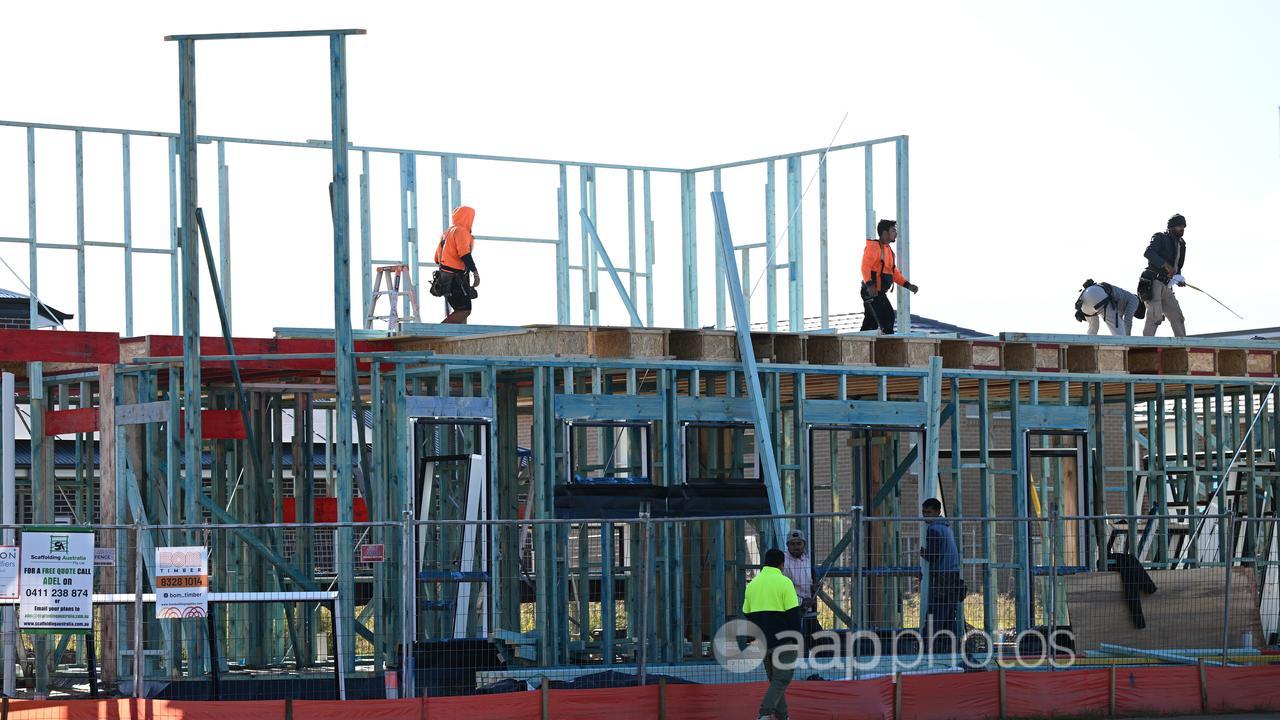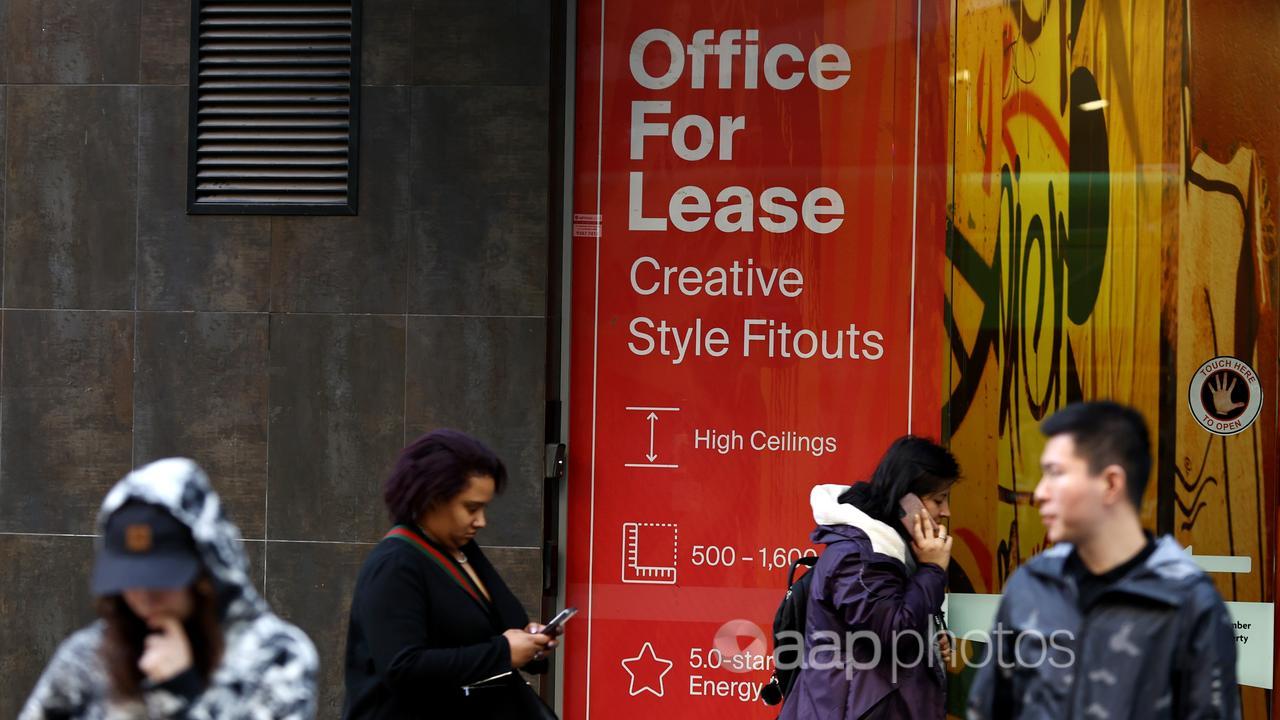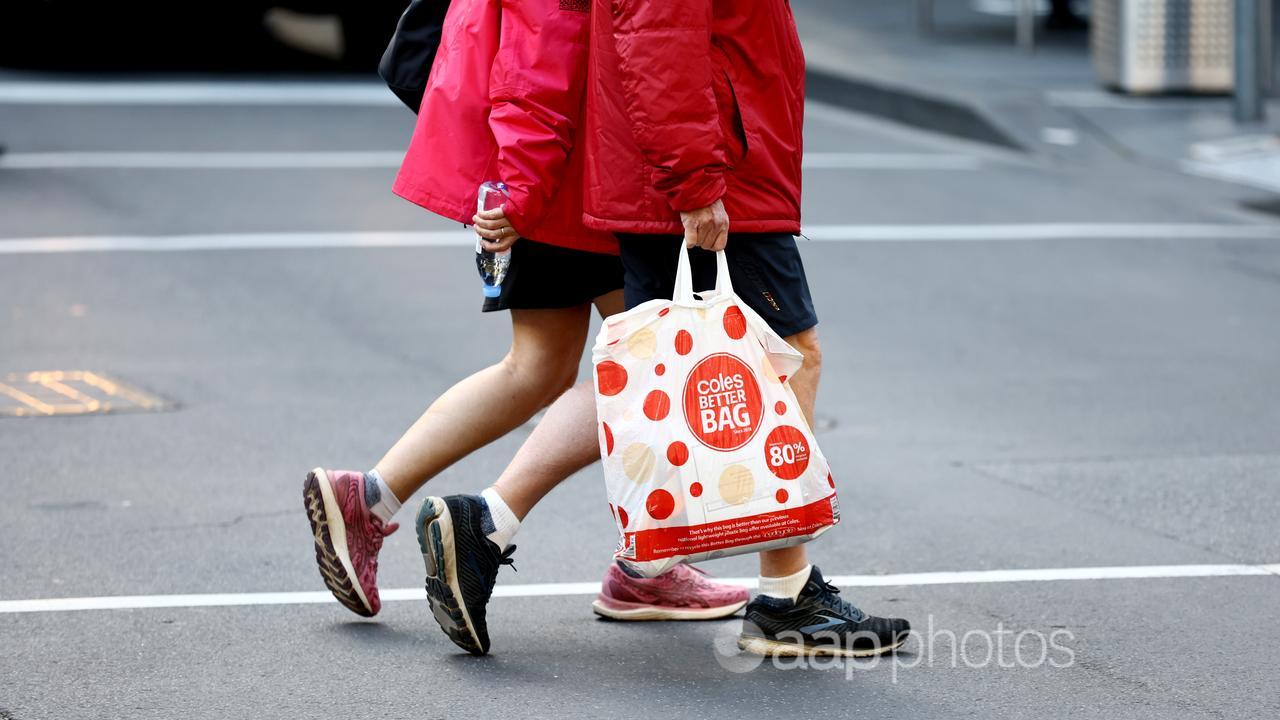Price pressures and ballooning mortgage payments have been slowing the Australian economy with a looming health check likely to show persistent weakness.
Ahead of the June quarter national accounts, Treasurer Jim Chalmers warned of another subdued result.
“I have been up front about that – the economy is quite soft at the moment,” he said.

In the March quarter, gross domestic product expanded by a weak 0.1 per cent for an annual growth pace of 1.1 per cent.
Higher unemployment and tapering discretionary spending were also signs of a sluggish economy, the treasurer said.
Commonwealth Bank had a 0.2 per cent quarterly rise pencilled in for June, which would take the annual rate well below trend to 0.9 per cent.
A 0.1 per cent fall in the value of residential construction during the three months to June, as Australian Bureau of Statistics data showed, would detract from the growth result.
An unexpected fall in Thursday’s June quarter business investment data added further downside risk to economic growth print.
CBA was expecting a modest lift in household consumption and a positive contribution from net exports to support next week’s gross domestic product readout.
Economist at the bank Gareth Aird said restrictive monetary policy had slowed demand growth in the economy.

“This is all part of the RBA’s plan to stay on the narrow path and return inflation to the target band,” he said.
The Labor government has been under pressure to show it’s helping to tame inflation, with the central bank warning price pressures are still too strong – suggesting interest rates will stay higher for longer.
The opposition claims the government has been manipulating the headline number with its energy bill rebates, with shadow treasurer Angus Taylor labelling the household relief a “cost of living con job”.
Power bill rebates did help pull the headline figure lower, the bureau confirmed on Wednesday, as it contributed to a moderation in monthly inflation to 3.5 per cent from 3.8 per cent in June.
Under the rebates, a total of $300 will be shaved off household electricity bills in quarterly instalments – alongside $325 for eligible small businesses.
Dr Chalmers said the rebates were not making the consumer price index numbers harder to decipher and pointed to weaker underlying inflation outcome as a sign “the trend is down”.

The trimmed mean – the central bank’s preferred measure of underlying inflation – eased to 3.8 per cent, from 4.1 per cent.
“The government is helping people with the cost of living, and we’re doing that in the most responsible way we can at the same time as we delivered a couple of surpluses,” Dr Chalmers said.
For retailers, tax cuts and energy bill rebates are expected to help keep customers coming through their doors, according to a Deloitte Access Economics report.
Partner David Rumbens said Australia’s retail sector had effectively been in recession for the past 18 months.
“This sits against a backdrop of poor conditions across the economy more generally, with the labour market weakening and business insolvencies rising,” Mr Rumbens said.
Yet cost-of-living relief flowing through to households in the form of lower energy bills and tax cuts would boost household incomes and “help to lift retailers out of recession”.
“As a result, ‘retail recession – the sequel’ is expected to be short and shallow,” he said.




















